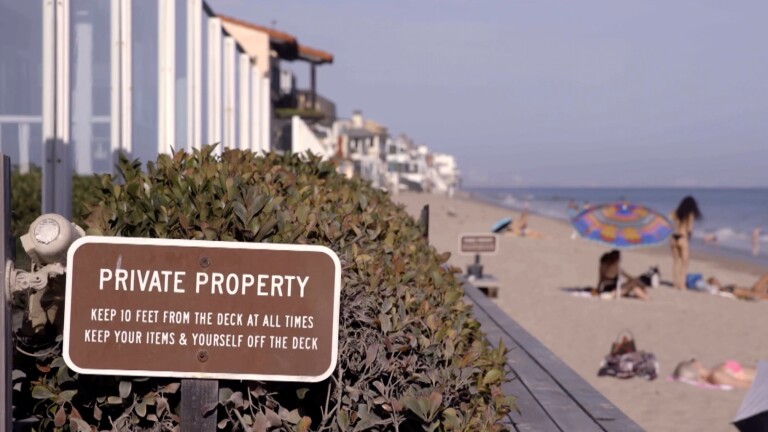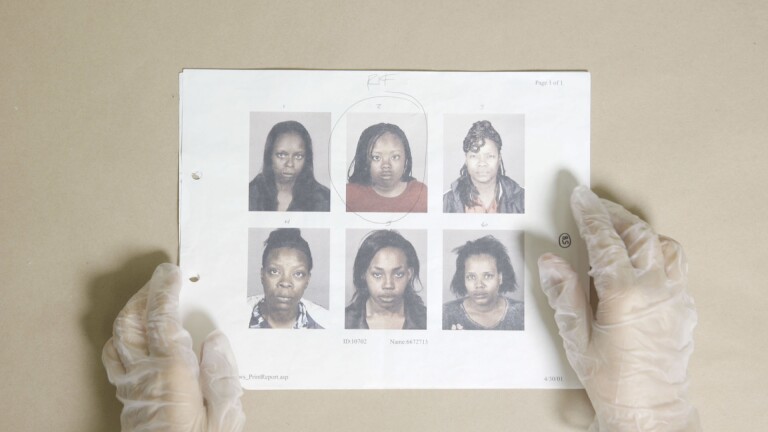
Microbeads: More than Just a Facial Scrub
Update: On October 8, 2015, Governor Jerry Brown signed into law AB 888, which bans the sale of personal care products containing plastic microbeads. Microbead bans passed in other states have included loopholes which allowed companies to continue to use plastic particles in personal care products, so long as those plastics were deemed biodegradable. California's law now becomes the strongest microbead ban in the nation.
It's a new kind of plastic that is too small to recycle and too tiny to filter out of our waste water. They are called microbeads. Thousands of them are put into skin cleansers, exfoliates and even toothpaste. They end up in our oceans, consumed by fish and coral and adding to the huge gyres of plastic that are floating in our oceans. Reporter Derrick Shore meets two Culver City environmentalists who are on a crusade to raise public awareness of microbead pollution, and persuade manufacturers to stop using them.
Additional Links:
REDEFINE: 6 Reasons That Floating Ocean Plastic Cleanup Gizmo is a Horrible Idea
Featuring Interviews With:
- Anna Cummins, executive director and co-founder, 5 Gyres Institute
- Marcus Eriksen, Ph.D., director of research and co-founder, 5 Gyres
- Keith Christman, American Chemistry Council
- Mark Gold, director, UCLA Institute of the Environment and Sustainability
For the Record: This story has been updated to reflect the American Chemistry Council's position that microbeads cannot be recycled and there is not currently any type of microbead that is biodegradable. An earlier version of this story did not make that clear.
























